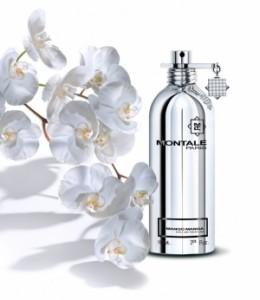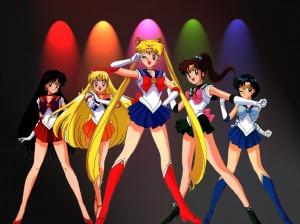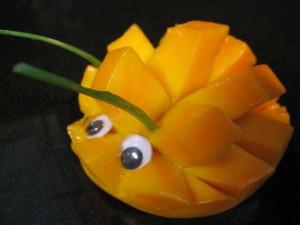The Japanese market has always been seen as a market, maybe even a world, apart from Western aesthetics. This is true for many things and we’ve seen a more focused effort by some perfume houses to design for the Japanese sensibility. Two recent examples were the Le Labo Tokyo exclusive Gaiac 10 and Serge Lutens “anti-perfume” L’Eau de Serge Lutens. The common thread between these two fragrances is the lightness inherent in both of them. The assumption behind the great majority of fragrances inspired by or for a Japanese aesthetic is that light clean lines are what are desired. When I am thinking about fragrance Houses that embody that kind of style, one that would be low on my list would be Montale. Montale is known for their oud-centered fragrances and is best exemplified by the oud and rose powerhouse Black Aoud. It was with a great deal of surprise when I read in 2005 that Montale was making a Japanese market exclusive fragrance, Mango Manga. I thought it would be so very interesting to see a perfumer who is all about bold powerful notes try and adapt his style for this different audience. Now in 2010 Mango Manga has been released to the rest of the world and we can all enjoy Pierre Montale’s Eastern vision.
The second word in the name, Manga, describes Japanese comic book style which has become famous outside of Japan through titles like Akira, Ghost In The Shell, and Sailor Moon. Manga is an example of a Japanese style that is far from minimal. The color palette in a typical bit of Manga is full of bright primary colors. It also has a distinct visual style attached to the characters best summed up as “big eyes, small mouth”. In short Manga embodies a Japanese look as far from minimalist as can be.
In Mango Manga, Pierre Montale chooses to make a perfume which is also far from minimal as befits any other perfume in the Montale line. Most simply Mango Manga is a fruity floral composition but in the base it turns into a very Montale kind of fragrance as the trademark oud shows up for the final act.
Mango Manga begins with ripe mango paired with an orange note. It most closely reminds me of the smell of an Indian drink called a mango lassi. In the version my local restaurant makes they add orange water to the mango and yogurt; the initial blast of Mango Manga smells like that moment when I lift my cold mango lassi to my lips and inhale. The heart of Mango Manga is where M. Montale does show some unexpected restraint. He has used both of the floral heart notes, jasmine and ylang-ylang, in previous compositions and in Mango Manga this is by far the most balanced use I’ve experienced in a Montale fragrance. The jasmine seems to slink into awareness and then fully flowers as the ylang-ylang joins it. It is a really nice transition and the moment where you feel M. Montale’s nod to an Eastern style of fragrance without losing his own, very Western, stylistic sense. The base brings out the oud to play and, as with the jasmine in the heart, this is a reined in oud and it is part of an ensemble that includes vetiver, cedar and oakmoss which keeps it firmly in check. The base is a really nice use of oud without having it become overwhelming.
Mango Manga has excellent longevity and above average sillage.
Pierre Montale found a way to stay true to himself and, at the same time, appeal to a different aesthetic from his own. Mango Manga can be summed up as “lush notes, restrained execution”. It is a very good thing that the rest of the world can now experience it.
Disclosure: This review was based on a sample provided by First In Fragrance.
-Mark Behnke, Managing Editor




